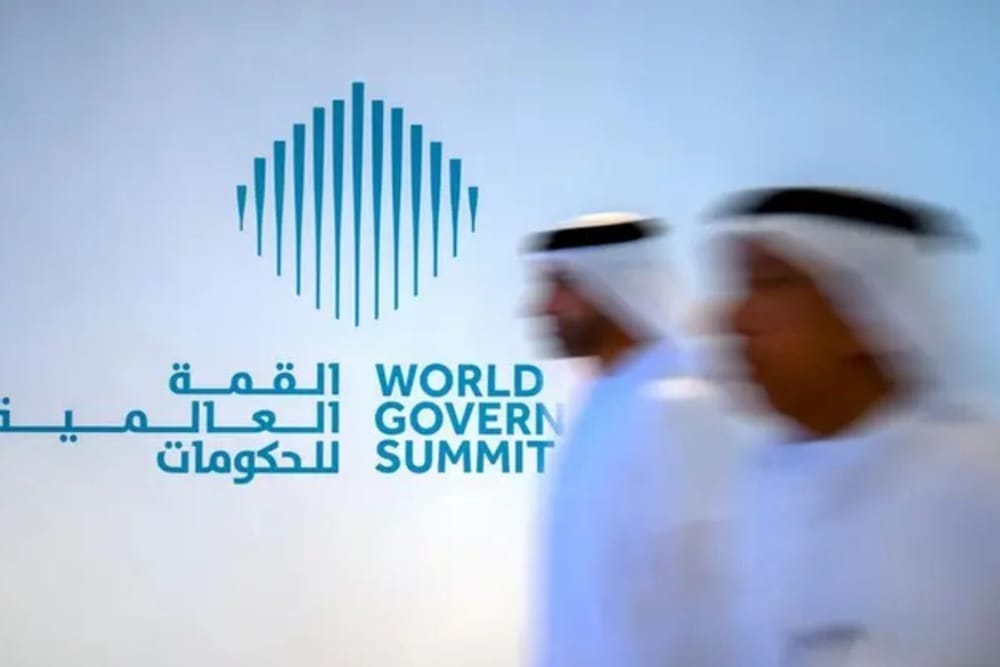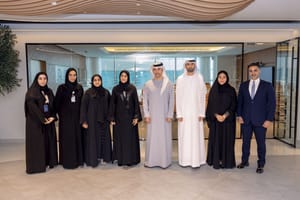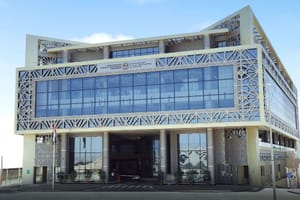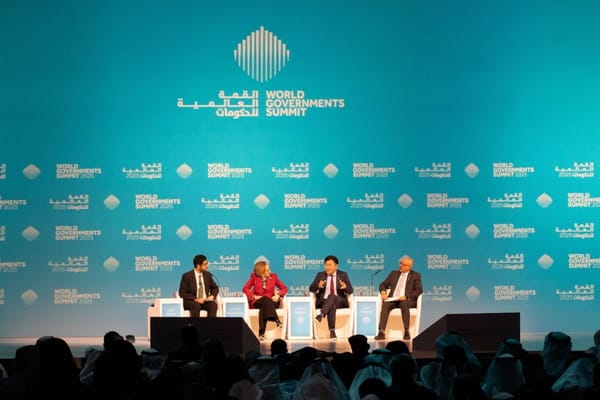At the World Governments Summit (WGS), the second edition of the Productivity Potential Index (PPI) was revealed, marking a significant expansion from the previous year.
Developed in collaboration with Strategy& Middle East, part of the PwC network, the updated PPI now covers 60 countries, up from 25, providing a comprehensive analysis of global productivity drivers.
The PPI's innovative framework integrates traditional measures such as human and physical capital, alongside critical modern factors including environmental sustainability, well-being, innovation, and institutional quality. The report highlights the untapped potential of the Gulf Cooperation Council (GCC) economies, estimating that improving the region's weakest productivity determinants could boost regional GDP growth by 2.5 percentage points, contributing an additional $2.8 trillion to the GCC’s GDP over the next decade.
Among the GCC countries, Saudi Arabia leads with a productivity score of $69.3 per hour worked, followed by Kuwait, Qatar, Bahrain, and the UAE. The region’s focus on physical capital—encompassing infrastructure, equipment, and technology—has positioned countries like Bahrain and Qatar among the global top 10 for this pillar, enhancing their productivity potential.
Dima Sayess, partner at Strategy& Middle East, emphasized that non-traditional productivity metrics, such as social trust and environmental factors, are crucial in shaping economic growth. The PPI serves as a transformative tool for policymakers, offering a forward-looking, data-driven approach to boosting productivity and fostering sustainable development.
The PPI also introduces an online policy simulator, allowing users to compare the performance of countries across 19 indicators and explore actionable pathways to maximize productivity potential.
News Source: Emirates News Agency









